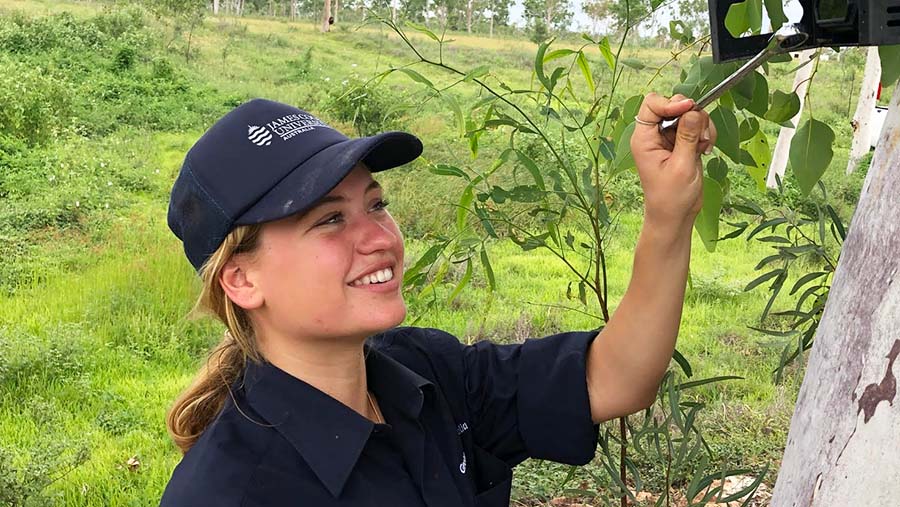Across agricultural disciplines, many studies show that regenerative practices not only improve the natural landscape but also improve livestock welfare. Below are several examples.
Converting to multi-species pastures
Converting perennial dry grasses to a multi-species mix is a 'regenerative' technique that increases biodiversity and improves pasture health, among other benefits. Baker et al. (2023) show that compared to perennial ryegrass, a 6-species multi-species sward is more resilient to intensive beef grazing. Over their 2-year study, the multi-species mix produced more dry matter and required 55% less nitrogen input than the perennial species examined. Other studies also emphasise the ability of multi-species pastures to reduce reliance on nitrogen fertilisers while also providing micro- and macronutrients that may otherwise be lacking in the diet of ruminants (Cummins et al. 2021; Jaramillo et al. 2021). French (2017) also found that species-rich grasslands have higher concentrations of essential elements, including 56% more Phosphorus, 106% more Potassium, 183% more Calcium and 27% more protein than cereals and conventional hay.
Several studies show that grazing multi-species swards can substantially improve ewe and lamb health. Over a 2-year study, Grace et al. (2019) examined ewe and lamb performance across 4 different swards under rotational grazing management. Of the 4 study sites:
- sward 1 consisted of a singular perennial ryegrass, Lolium perenne
- sward 2 consisted of white clover and the perennial ryegrass Lolium perenne
- swards 3 and 4 contained various combinations of grasses, legumes and herbs.
Ewes and lambs grazing multi-species swards had heavier live weights and better body condition scores.
Ewes and lambs grazing multi-species swards had heavier live weights and better body condition scores. Lambs also required less anthelmintic treatment than lambs who only grazed perennial ryegrass (who also took longer to meet slaughter weight).
Multi-species swards can also improve milk composition in dairy cows. Kostovska et al. (2024) compared the milk production of Holstein-Friesian and Jersey Holstein-Friesian cows grazing a multi-species sward system compared to a perennial ryegrass. Although the results differed for each breed, both showed improvements. Cows grazing multi-species pastures had increased creaming velocity values and increased total solids yield with higher levels of protein and fat.
Beyond improvements in body condition and animal productivity - which are clear signs of improved health - ruminants have also been found to self-medicate in diverse pasture systems. Studies show that multi-species forages allow ruminants to selectively graze crops that not only ensure their nutritional requirements are met but also counteract any effects from toxic secondary metabolites that might otherwise lead to nutritional disorders.
Silvopastoral systems
Silvopasture systems have been shown to improve rumination rates and reduce respiratory rates and body temperatures in livestock.
Silvopasture, the deliberate integration of trees and shrubs into livestock grazing land, is a regenerative technique that enhances windbreaks, biodiversity, soil conservation and overall landscape resilience. While this approach offers numerous environmental benefits and boosts land productivity, it also significantly improves animal welfare. Tree by-products used as feed can enhance the nutritional value of livestock diets, particularly during droughts (Jose and Dollinger 2019). Tree fodder has also been linked to increased livestock survival rates and body weight (Grebner et al. 2021). Additionally, silvopasture systems offer protection against wind, rain and frosts and provide animals with abundant shade, resulting in lower temperatures than in open pastures (Hayward 2021). In some cases, these systems have been shown to improve rumination rates and reduce respiratory rates and body temperatures in livestock compared to conventional grazing (Hayward 2021).
It's not just science; farmers agree!
Because of the complexities of the natural environment, it is often challenging for farmers to observe changes on-farm using numbers (quantitative data). Instead, observations are made based on what a farmer knows about his land and his animals (qualitative data). For this reason, hearing and learning from farmers is also important. In 2018, The Pasture Fed Livestock Association surveyed 59 farmers. Of them, 66% observed improvements in the health of their livestock after changing to regenerative farming techniques, stating they were relying less on antibiotics, wormers and other medicines (Hayward 2021).
Applying regenerative techniques that enhance landscape resilience and farm productivity can significantly improve animal welfare standards on your farm, leading to better livestock growth, survival rates and higher-quality produce. Practices that allow livestock to selectively feed, self-medicate, and provide shade and shelter under trees can greatly enhance their quality of life. However, to not only meet but exceed these welfare standards, it is crucial to have a thorough understanding of the animals' nutritional needs. Transitioning to holistic farming practices is not straightforward, and the appropriate techniques vary for every farm. Finding the right practices that match your farm's size and specific needs requires careful consideration, planning and guidance. Seeking advice from government extension officers or certified agronomists is an excellent way to begin your journey into regenerative agriculture, ensuring the links between human and animal welfare are healthy and positive.



